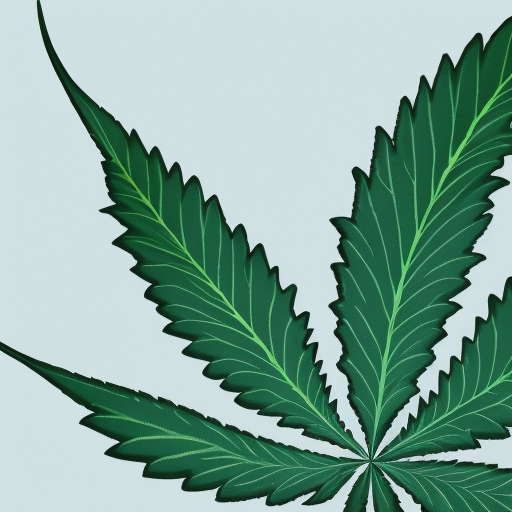
Yo, if you’re lookin’ to get the good stuff when it comes to your weed crop, pay attention to the NPK. What’s that? Well, NPK stands for nitrogen (N), phosphorus (P), and potassium (K). These three essential micronutrients are essential for growth and, of course, for those fire buds!
Now, plants need food to grow just like us humans do. Same as we need fats, proteins, and carbs, plants need their own macronutrients like nitrogen, phosphorus, and potassium. Alongside that, there’s secondary macronutrients like calcium and magnesium, plus trace elements like boron and zinc. We can talk more about them later if ya want, but that’s the gist of it.
When it comes to nitrogen, it’s used to help with the production of leaves and stems. As in what goes into plants’ proteins and chlorophyll. But not all nitrogen is created equal. There’s soluble nitrogen (like nitrate) that the plant absorbs right away and insoluble nitrogen (like urea) that takes more time since the soil’s microbes need to process it first. Oh! And ammonium is a no-go ’cause it interferes with other nutrient absorption.
It’s easy to see when your plant isn’t getting enough of this macronutrient: The bigger leaves at the bottom will start turning yellow as it won’t be able to produce enough chlorophyll. Then they’ll turn purple and start wilting from the tips. Too much nitrogen? Lush leaves but not enough flowers -Weak stems and easily subject to pests like spider mites. Got it?
Moving onto phosphorus. It’s important for strong root development as well as photosynthesis and proteins/essential acids production. If there ain’t enough of this element then the growth will be stunted in branching and height. Signs’ll be small purple leaves followed by reddish veins on the leaves tips curling downwards eventually leading to death of the leaf. High pH soils won’t help with absorption either! Too much phosphorus on the other hand is less likely since it’ll prevent uptake of other nutrients making it difficult to know whether there’s an iron deficiency or excess phosphorus issue in play. So better safe than sorry: Y’all know what they say about having too little rather than too much.
Finally, there’s potassium which is mainly used for flowering boost but also helps with carbohydrate accumulation, photosynthesis enzymes activation, protein production and cell respiration via water control in the plant. Showing signs of deficiency? Leaves burning due to temps difficulty regulation; rust-coloured spots on lower leaves followed by yellowing, greyness and curling tips will show up after a week or two as potassium also strengthens against colds, drought and disease. Too much K? It’ll reduce uptake of other nutrients like magnesium or manganese so you gotta be sure you keep an eye on it!
So yeah, each element affects different stages of growth in different ways so you gotta adjust accordingly depending on what stage your plant is in.
During growth phase, nitrogen should lead the way with phosphorus having the lowest value and potassium being intermediate for good root strengthening. 5-2-4 or 15-8-10 are good NPK ratios for this stage!
Then comes flowering time where N is decreased significantly – practically cancelled out – whilst P has the highest value alongside a decent amount of K for taste enhancement as well as helping with P distribution throughout the plant. 5-10-5 or 10-20-10 are your go-to ratios in this instance!
And during final flowering stage high doses of P (close to K) along with minimal amounts of N are wanted with 0-13-14 or 0-25-32 being ideal NPKs to use here.
So there you have it: NPKs full breakdown when it comes to growing some fire bud which everyone wants when they come gettin’ their stash!



Yo this NPK game real important for keepin our plants strong and healthy. If we want that fire smoke, we gotta make sure we on point with them nutrients. Keep doin yo thing and growin right, fam!